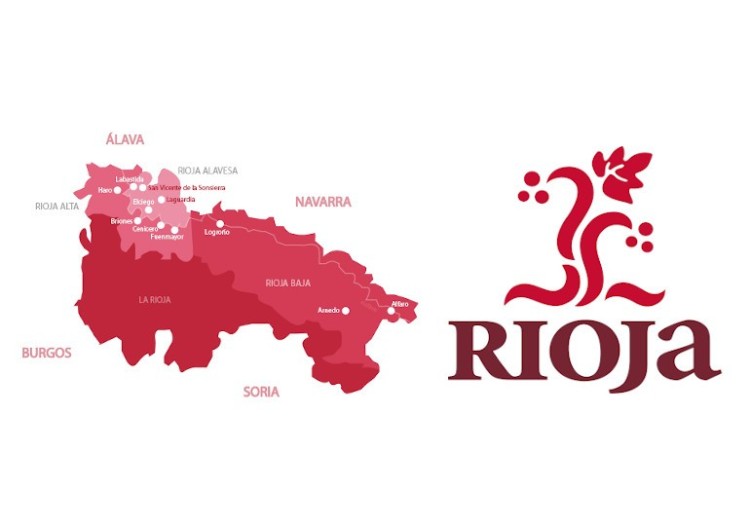Gewurtzraminer...full or Terpenes...
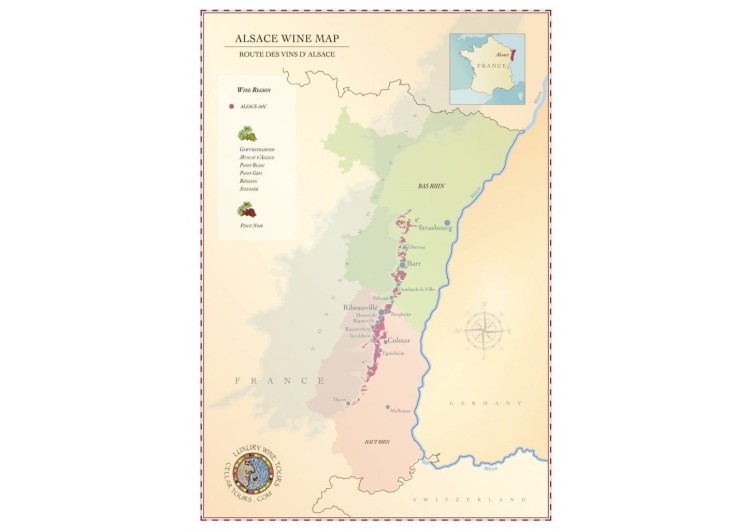
In connection with Gewürztraminer (coming from the German language, means “Spice Traminer”) we have to talk about terpenes to understand the unique characteristic and aromatic profile of this highly regarded grape variety. Terpenes are the natural compounds responsible for the way most plants smell, they characterise the odour of many flowers, fruits, seeds, leaves, woods and roots. Let's see, how these chemical components work in the case of a Muscat-related variety like Gewürztraminer and what wines Vino Cultura has to offer!
In connection with Gewürztraminer (coming from the German language, means “Spice Traminer”) we have to talk about terpenes to understand the unique characteristic and aromatic profile of this highly regarded grape variety. Terpenes are the natural compounds responsible for the way most plants smell, they characterise the odour of many flowers, fruits, seeds, leaves, woods and roots. Let's see, how these chemical components work in the case of a Muscat-related variety like Gewürztraminer and what wines Vino Cultura has to offer!
Terpenes play an important part in the fragrance of herb flavoured wines such as vermouth and they characterise the aromas of several grape varieties. Terpenes are chains of isoprenoids (a specific class of organic compounds) and they are derived from a 5-carbon unit with the formula C5H8. They exist as multiples of this unit with the most predominant in grapes and wine being monoterpenes (C10H16). Over 50 terpenic compounds have been identified in grapes and wine but there are over 30000 terpenes in the world of plants. Apart from affecting the profile of a grape, terpenes have naturally occurring antioxidants so they help prevent the wines from getting spoilt. (For those, who want to go deeper into this subject, I can recommend to start with 'Terpenes in the Aroma of Grapes an Wines: A Review' by J. Marais publicated by the Viticultural and Oenological Research Institute)
Each grape has a different so-called "terpene profile" which determines the aroma and the taste but there are several common terpenes present in wine, for example:
- Geraniol which has a strong floral, rose-like aroma. The geraniol content of grapes is largely attributed to the terroir, climate, and soil conditions. It is present in higher concentrations in white wine because it is primarily found inside the grape rather than in the grape skin.
- Linalool which gives the often mentioned lavender/purple flower scent, also sometimes identified as orange blossom and lily. It can be detected more in white wines alongside geraniol but it is a common descriptor in tasting notes of red wines.
- Nerol is a terpene between citrus and floral scent (like lemongrass for example). It's hard to identify as it rather enhances other terpenes.
- Citronellol gives the scent of lemon cordial, so a citrusy note with a slight sweet undertone.
- Rotundone can be found in the skin of red grapes so this terpene is mostly present in red wines. Rotundone is also present in the essential oils of black pepper, marjoram, oregano, rosemary basil and thyme and imparts a peppery flavour.
- Αlpha-Pinene is a terpene responsible for the herby, pine-like aromas as it can be found in herbs like rosemary, thyme or juniper.
- Beta-Caryophyllene is mostly identified as clove, black pepper, cinnamon and nutmeg.
- Myrcene gives earthy aromas with herbaceous tones, mushroom and wet forest floor.
A wine’s flavour and aroma come from natural compounds found in grapes and from chemical reactions during the fermentation process (and from bottle ageing as well, which is a result of micro-oxidation). The natural aromas are called primary aromas, the added aromas of winemaking are called secondary aromas and the ageing gives the tertiary aromas.
Terpenes add unique modifiers to the flavour like hints of blueberry, lily or cinnamon, but they aren’t the only ones contributing to the flavor as we can find esters, lactones, thiols, pyrazines, various aldehydes and so on.
Gewürztraminer has high natural sugar and the wines are white and usually off-dry, with intense bouquet of lychees (since both the grape variety and lychees share the same aroma compound), tropical fruits and flowers. It is naturally high in terpenes (mainly geraniol and linalool) as it's a Muscat-related variety.
Vino Cultura cellar offers exceptional wines made of this aromatic variety in dry (sometimes close to an off-dry) and medium sweet styles also.
Elena Walch Gewürztraminer (Alto Adige, Italy), 2022
With 60 hectares in cultivation including the two top vineyards 'Castel Ringberg' (in Caldaro) and 'Kastelaz' (in Tramin), Elena Walch belongs to the most important protagonists of Alto Adige winemaking, and is now owned by daughters Julia and Karoline Walch who represent the fifth generation of the family.
Elena Walch's basic Gewürztraminer spends 6 hours of cold maceration on the skin, and is then fermented in stainless steel with lees ageing for several months. It presents the classic aromatic profile of the variety: lychee, tropical fruits, rose petals, ginger spices and some residual sugar on the palate which gives an off-dry mouthfeel in the finish.
Semeli, 'Elixir' Gewürztraminer, 2021 (Arkadia, Greece)
Founded in 1979, Semeli is a leading Greek winery and one of the country’s most significant wine-related developments. The estate is located at an altitude of 600 metres on the slopes of the hilly Koutsi region, one of Nemea’s most celebrated “crus”. Cultivating around 100 hectares of privately-owned vineyard, the winery also works together with contracted growers from Koutsi and the neighbouring areas of Asprokampos, Kastraki and Ancient Nemea.
A dry expression of Gewürztraminer with just a touch of residual sugar. Fermentation happens in vats, maturation takes place in stainless steel on fine lees for five months. The nose is full of ripe pear, mango, papaya and flowers like jasmine and rose petals. Robust and smooth with good acidity and round mouthfeel with zesty candid lemon, yuzu with a touch of sweetness in the finish.
Domaines Schlumberger 'Kessler' Gewürztraminer Grand Cru 2018 (Alsace, France)
A medium sweet Grand Cru expression of Gewürztraminer from Schlumberger. Distinguished right from 1394, Kessler has been sold under its own name since 1830. The vineyard is a natural extension of another Grand Cru site called Kitterlé with sandstone soil protected by a small valley in the middle of the plot.
Whole grape pressing, static racking. Fermentation in thermo-controlled tuns for 1 to 4 months. followed by ageing on fine lees for 8 months. Candid lemon, blood orange, mango, ripe passion fruit and aromatic flowers mark the nose, the palate is intense and well-balanced with exotic fruits, banana, sweet lemon and a touch of ginger with a slight bitterness in the finish. Elegant and sophisticated.
Get yours and get tempted by this beautifully expressive variety which combines the aromas of a perfume shop and an oriental bazaar in a tropical fruit garden!


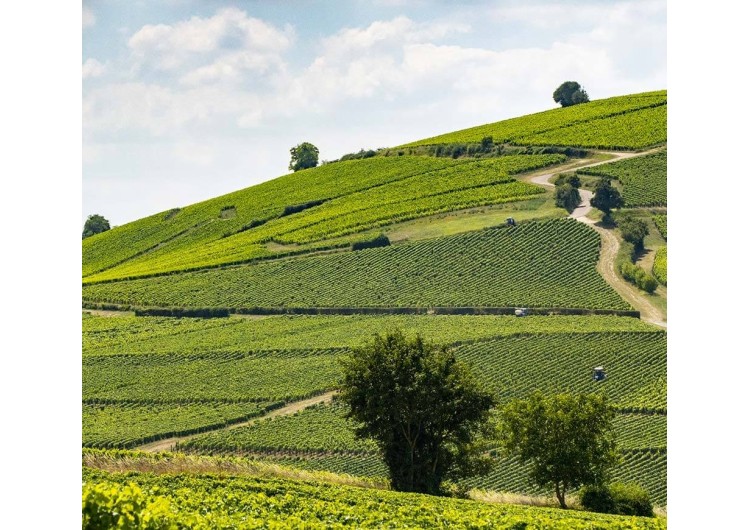
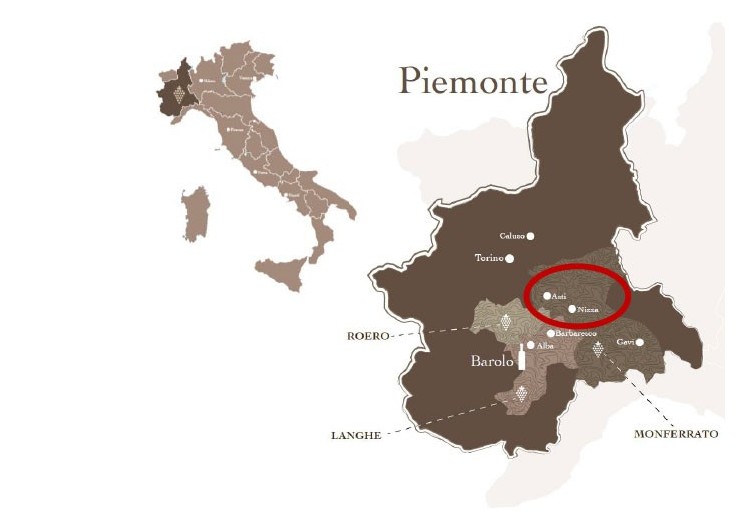
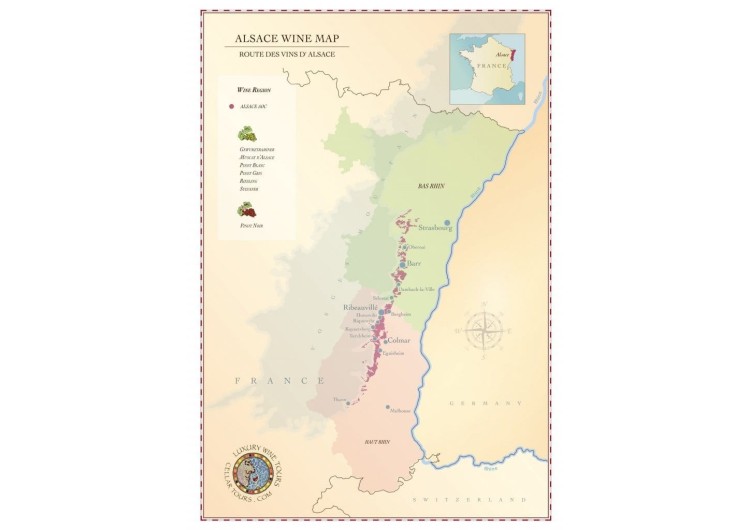
.jpg)

